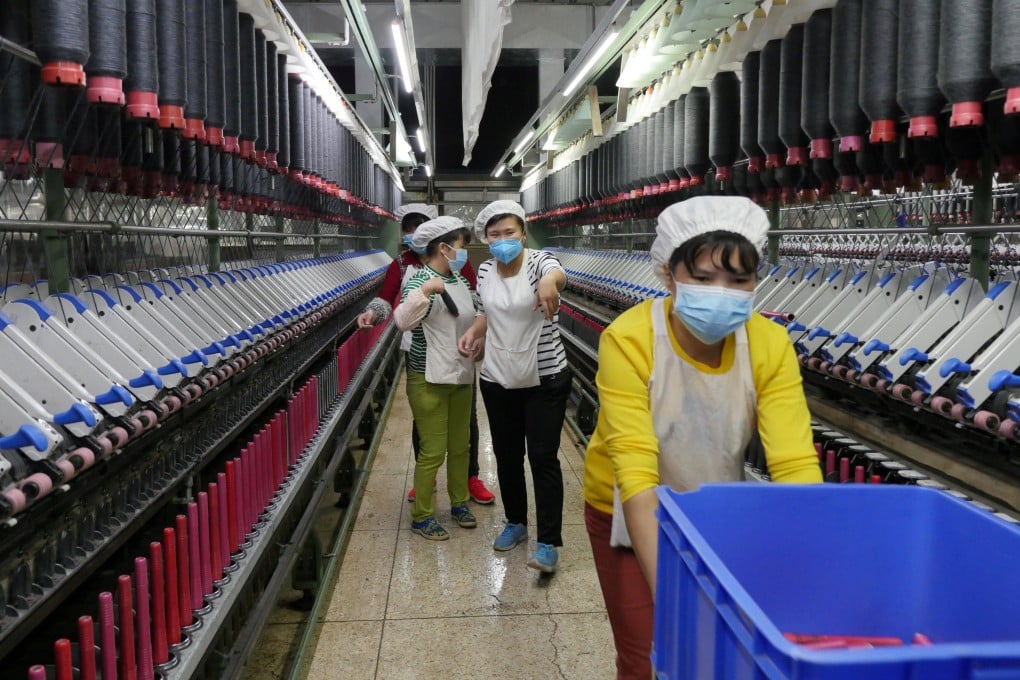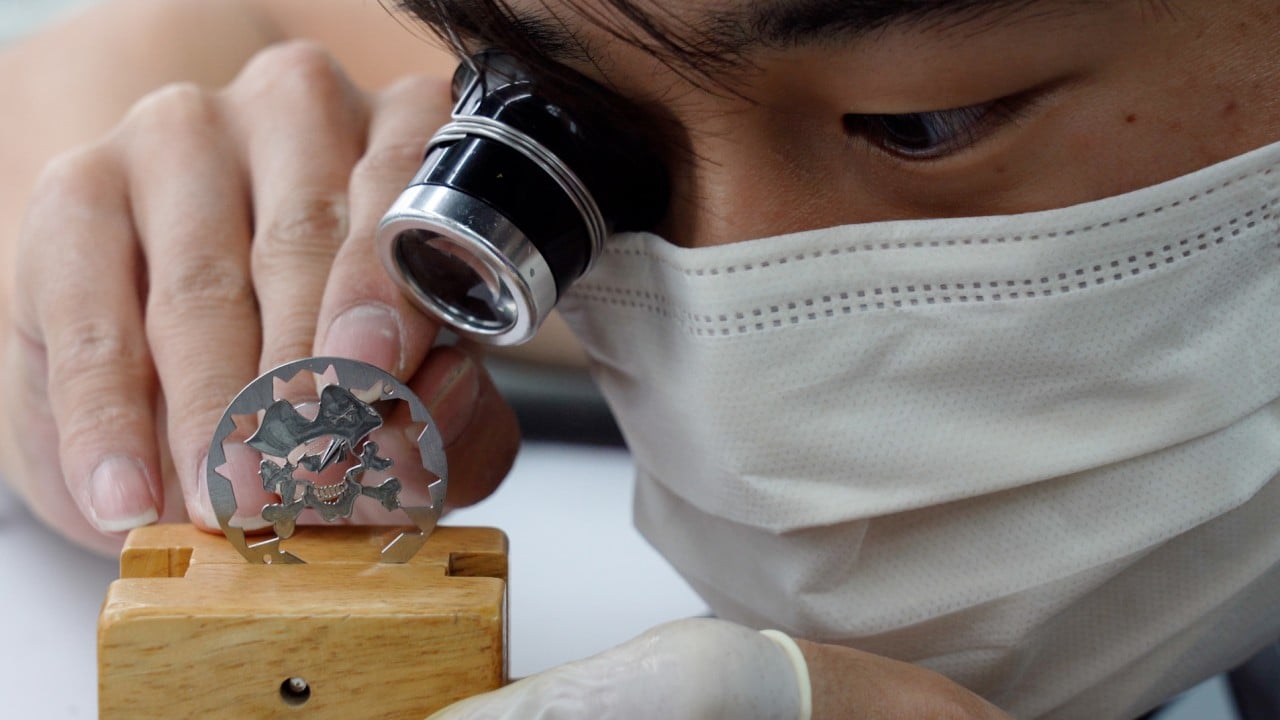Opinion | Three steps Hong Kong can take to stop spinning its wheels on re-industrialisation and spur economic growth
- While the government’s push to revitalise manufacturing has waned, Covid-19 has shown the importance of diversification
- More spending on research, commercialising its findings, and a clear policy direction that takes the Greater Bay Area into account, would provide the needed boost

Re-industrialisation, once a key government initiative, seems to have lost steam in Hong Kong. First mentioned in the 2016 policy address, it aims to automate or upgrade factory production processes using advanced information technology and automation.
According to a report from the World Economic Forum and McKinsey, some US$3.7 trillion of extra value could be created by manufacturers and suppliers implementing re-industrialisation in their global operations by 2025.
Since 2016, in addition to establishing the Committee on Innovation, Technology and Re-industrialisation, the Hong Kong government has provided infrastructure and facilities for fostering industrial research and development (R&D) and advanced manufacturing, as well as funding support, such as the HK$2 billion (US$258 million) Re-industrialisation Funding Scheme under the Innovation and Technology Fund.
However, progress has been far from satisfactory. According to a 2020 report from the Legislative Council Secretariat Research Office, “there has been a marginal growth of the economic contribution of the innovation and technology industry, from the static rate of 0.7 per cent in the previous nine years to 0.8 per cent of GDP in 2018.”

05:04
Unique market position of ‘Made in Hong Kong’ companies vanishes under US relabelling order
However, the Covid-19 pandemic has taught us how vital it is to diversify economic development. We need to take re-industrialisation more seriously. I would suggest three directions.
